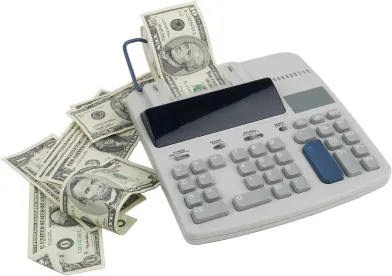Recent amendments to the Internal Revenue Code of 1986 (the Code) have significantly expanded the opportunity for tax savings under Section 1202. Section 1202, which was originally added to the Code in 1993, provides relief from federal taxation for investors in small businesses. In particular, Section 1202 allows a portion of gains—or in some cases, all gains—from the sale or exchange of certain Qualified Small Business Stock (QSBS) that has been held by a non-corporate taxpayer for more than five years to be excluded from federal taxation.
In its original form, Section 1202 provided an exclusion for 50 percent of gains from the sale or exchange of QSBS acquired after Aug. 10, 1993. This amount was increased in 2009 to 75 percent for gains derived from the sale or exchange of QSBS acquired after Feb. 17, 2009. In 2010, the amount eligible for exclusion was increased again to 100 percent of gains from the sale or exchange of QSBS acquired after Sept. 27, 2010. While Congress originally intended the 100 percent exclusion to be temporary, the PATH (Protecting Americans from Tax Hikes) Act, passed in December 2015, permanently extended the 100 percent exclusion for QSBS acquired after Sept. 27, 2010. The following table illustrates the current regime of exclusions under Section 1202 following the passage of the PATH Act:
| Date of Acquisition | Amount of Exclusion |
| After Aug. 10, 1993 – Before Feb. 18, 2009 | 50% |
| After Feb. 17, 2009 – Before Sept. 28, 2010 | 75% |
| After Sept. 27, 2010 | 100% |
Though the remaining percentage of gains not excluded is taxed at 28 percent rather than the standard capital gains rate, the recent changes to Section 1202 still afford significant savings to small business investors. The PATH Act also resolved issues related to the alternative minimum tax (AMT) that previously limited the utility of Section 1202, allowing taxpayers subject to the AMT to retain the advantages provided by Section 1202.
To qualify as QSBS, and thus to be eligible for gain exclusion under Section 1202, the stock being sold or exchanged must meet several requirements:
-
Type of Shareholder: The exclusion is available to taxpayers that are not corporations, including individuals, trusts, partnerships, S-corporations and regulated investment companies.
-
Manner of Purchase: The taxpayer must have acquired the stock at its original issue, in exchange for money or other property (not including stock), or as compensation for services provided to the entity.
-
•Type of Entity: The entity in which the stock is held must be a C corporation that is not a DISC or former DISC, a REIT, a REMIC, a cooperative or a corporation that is, in effect, a regulated investment company pursuant to an election made under Section 936.
-
Nature of the Entity: The entity that issued the stock must meet three requirements: 1) the entity must be a qualified small business before and immediately after the stock is issued; 2) the entity must remain a C corporation during substantially all of the taxpayer's holding period of the stock; and 3) during substantially all of the taxpayer's holding period of the stock, at least 80 percent of the assets of the entity must be used by the entity in the active conduct of one or more qualified trades or businesses. Many common businesses, including banking and financial institutions, farming businesses, and businesses devoted to the performance of certain services, are excluded from the statute's definition of "qualified trade or business."
-
Assets of the Entity: The aggregate gross assets of the issuing C corporation may not exceed $50 million: 1) at any time during the period between Jan. 1, 1994 and the date the stock was issued; and 2) immediately after the stock was issued. For the purposes of Section 1202, "Aggregate Gross Assets" means the amount of cash held by the corporation plus the aggregated adjusted bases of other property held by the corporation. The adjusted basis of any property contributed to the corporation is determined according to the fair market value of the property at the time of the contribution.
-
Duration of Holding: The taxpayer must have held the stock for at least five years. In the context of stock options and warrants, the five-year period does not begin until the option or warrant is exercised.
-
Shareholder Background: In any taxable year, the aggregate amount of gain excluded under Section 1202 by a taxpayer can be as much as the greater of: 1) $10 million; or 2) ten times the aggregate tax adjusted basis of the stock issued by the entity and disposed of by the taxpayer during that taxable year.
Each of the above rules have a number of additional requirements and nuances so each stock purchase should be independently reviewed in detail to be sure all requirements are met. If all rules are met, the exclusion available could be a very significant tax reduction upon disposition by a taxpayer.




 />i
/>i
